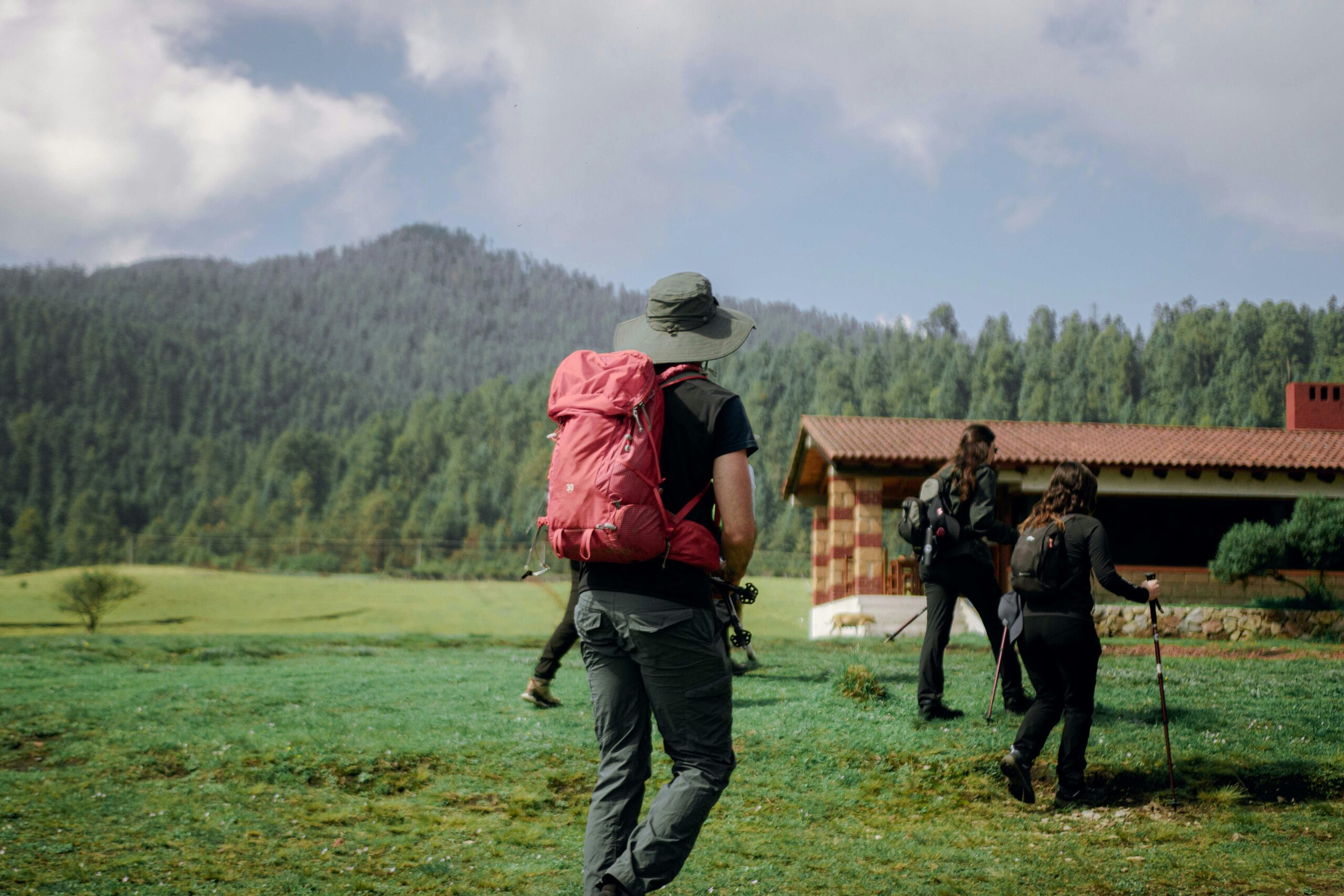Sustainable travel tips for budget-conscious adventurers (2025)
Looking for sustainable travel tips that don’t blow your budget? You’re in the right place. At Entraveller, we believe you can travel lighter on the planet and your wallet by making small, smart changes before and during your trip. These sustainable travel tips focus on transport, stays, food, packing, and activities—stuff you control every day. You’ll cut waste, support local communities, and still squeeze in big adventure. Ready to travel better in 2025? Save this guide, share it with your crew, and let’s build greener habits that actually stick.
Sustainable travel tips you can actually use
- Travel slower: fewer stops, longer stays.
- Favor trains and buses over short flights.
- Book eco-certified stays or family-run guesthouses.
- Pack light; skip single-use plastics and bring reusables.
- Eat local, seasonal food; avoid chain restaurants.
- Choose small-group tours with ethical guidelines.
- Wear reef-safe sunscreen and respect wildlife rules.
- Offset last, reduce first—then support vetted projects.
- Track your impact; tweak your routines trip by trip.
- Save money by planning shoulder-season travel.
Choose low-impact transport
Transport is your biggest lever, and these sustainable travel tips start with distance and speed. Pick overland routes where possible, bundle nearby destinations, and choose direct flights when flying is unavoidable. Trains and coaches often cost less than multiple budget flights once you add baggage and airport transfers. In cities, day passes for trams or bikes beat rideshares for both cost and emissions. If you rent a car, choose hybrid or electric when available, and share rides with friends. Slowing down keeps itineraries realistic, reduces stress, and frees cash for experiences that matter.

Sleep green without overspending
You don’t need a luxury “eco” resort to travel responsibly. Look for guesthouses and hostels with basic sustainability practices: renewable energy where available, refill stations, linen reuse, and clear waste sorting. Check for credible certifications (e.g., GSTC-recognized or Green Key) and transparent policies rather than vague marketing. Private rooms in hostels or small B&Bs can be cheaper than hotels while keeping revenue local. Message hosts about water-saving or energy rules; respectful guests get better stays. These tips for sustainable travel also include using fans over AC, closing blinds, and switching lights off—simple wins, zero cost.
Eat local and cut waste
Food choices are climate choices, and eco friendly travelling shines at the table. Choose markets, canteens, and mom-and-pop restaurants serving seasonal dishes; your money stays in the community and portions are realistic. Carry a compact lunchbox and cutlery for leftovers, skip single-use sauces, and refill your bottle with safe water or filtered taps. Go plant-forward most days and treat meat or seafood as a sometimes splurge. Avoid buffet waste by ordering to share. If you cook, plan meals to use all ingredients. These sustainable travel tips save cash and reduce trash without sacrificing flavor.

Pack smart and protect nature
Packing is strategy, not guesswork. Build a light capsule: quick-dry layers, a microfiber towel, solid toiletries, and a universal plug. Add a bottle, coffee cup, cutlery, and a foldable tote so you sidestep disposables everywhere. Reef-safe sunscreen and DEET-alternative repellents protect ecosystems as you explore. A small repair kit—needle, thread, duct tape—extends gear life on the road. Laundry? Cold water, short cycles, air-dry. Keep to marked trails, respect local rules, and cap group sizes in fragile places. With these sustainable travel tips, your bag is lighter, your footprint smaller, and your days smoother.
Shop and tour responsibly
Where you spend is where change happens. Prioritize experiences led by locals—walking tours, cooking classes, community guides—so money stays in the neighborhood. Avoid animal interactions that rely on restraint, baiting, or riding, and choose sanctuaries with clear rehabilitation goals. Buy durable, repairable souvenirs instead of mass-produced trinkets. Ask operators about group size, leave-no-trace practices, and wages; honest answers signal real standards.

Plan smarter: timing, routes, and offsets
Timing matters for both budgets and biospheres. Travel in shoulder seasons to reduce crowding and snag cheaper rooms while supporting destinations year-round. Cluster sights to reduce backtracking, and pick one “hub” per region for day trips. If you must fly, choose newer aircraft, pack light, and book economy—the lighter the plane per seat, the better. Offsetting should be the last step after reducing: research standards, understand project types, and treat offsets as a contribution, not a free pass. Keep a simple notes app to track what worked; the best sustainable travel tips are the ones you repeat.
Budget example: sustainable choices that save money
Here’s a sample day that blends savings and impact. City bike share plus a transit pass often beats three rideshares and gives you freedom to roam. A market breakfast, bakery lunch, and local eatery dinner typically cost less than tourist strips while cutting packaging. Free walking tours (tip your guide) replace pricey buses. A refillable bottle and coffee cup can save several euros daily. Choosing a guesthouse with kitchen access lowers costs and food waste. Add it up across a week and these sustainable travel tips can redirect serious cash into experiences you’ll remember.

FAQS: sustainable travel tips that readers ask
What is the most important first step for greener travel?
Start by reducing flights, especially short hops, because transport drives most trip emissions. Plan routes that favor trains or buses and stay longer in each stop to avoid constant transit. Combine this with light packing and reusable basics; together these sustainable travel tips create momentum without raising your budget.
How do I know a hotel’s “eco” claims are legit?
Look for specific actions and third-party standards rather than vague slogans. Certifications recognized by the Global Sustainable Tourism Council, transparent water and waste policies, and staff training are good signs. Read recent reviews for details on refill stations, energy use, and community support—evidence beats marketing every time.
Are carbon offsets worth buying?
Offsets can complement reductions, not replace them. Prioritize cutting emissions first—fewer flights, efficient transport, smart lodging—then consider reputable projects with clear reporting and long-term impact. Think of offsets as one tool among many tips for sustainable travel, useful when paired with real behavior change.
Is eco friendly travelling more expensive?
It doesn’t have to be. Slow itineraries, public transport, market meals, and simple guesthouses are usually cheaper than fast, flight-heavy trips with resort stays. The secret is planning: choose shoulder seasons, book flexible overland tickets, and reuse gear. Most sustainable travel tips save money precisely because waste costs money.
Pro tip for freshness: revisit this guide yearly; policies, certifications, and routes evolve. For updates in 2026, we’ll refresh examples and add new tools that make responsible choices even easier.







